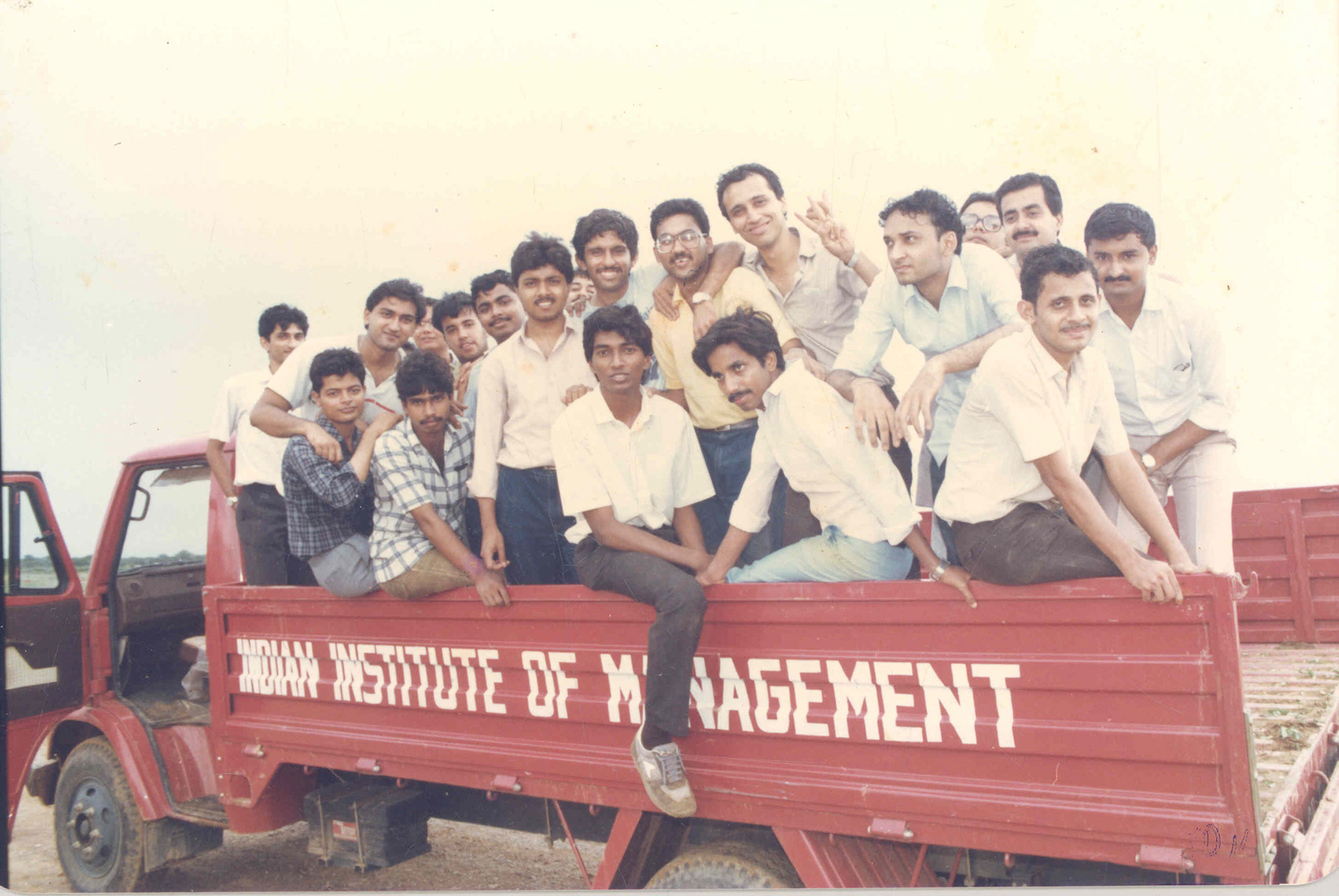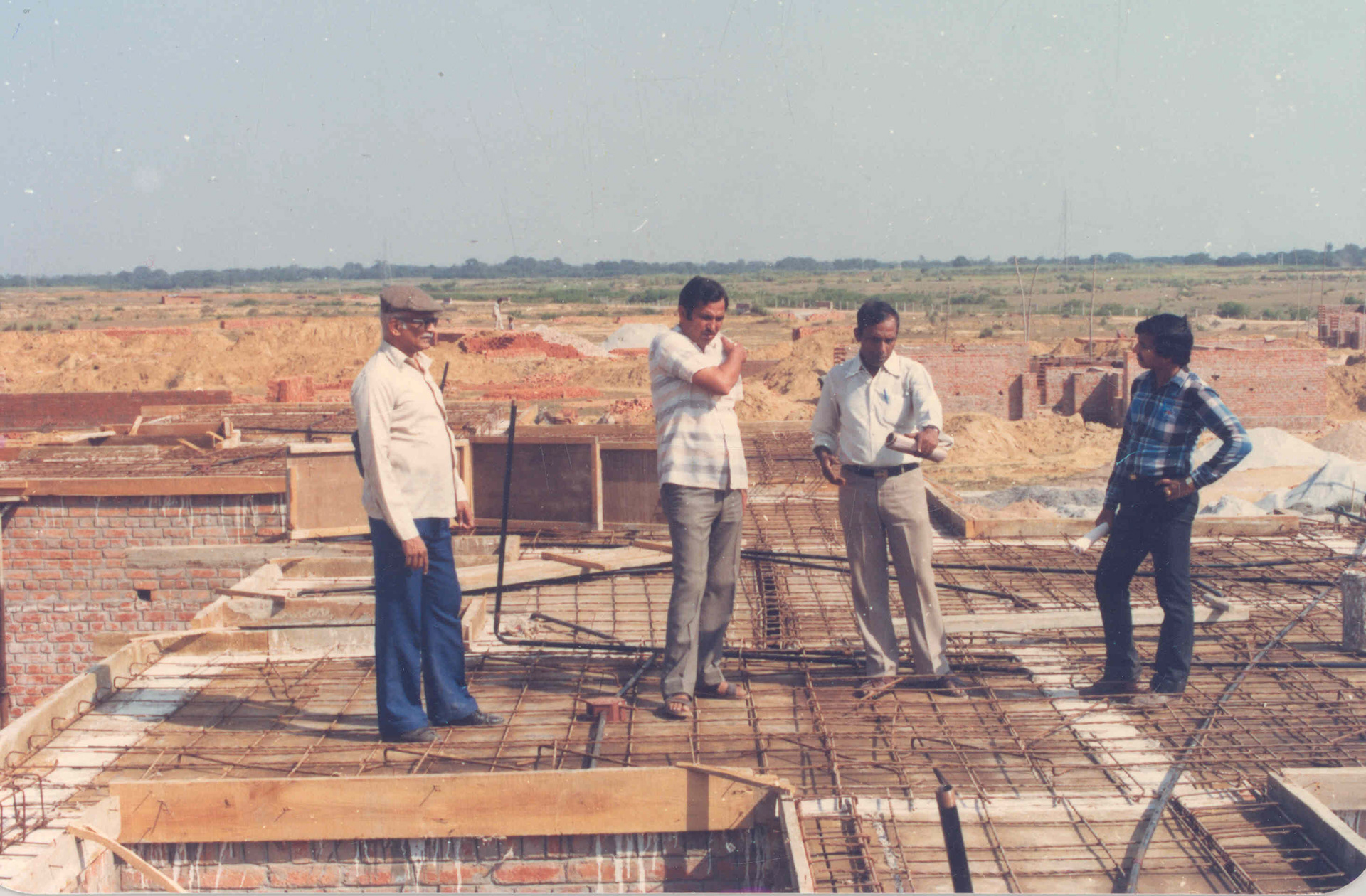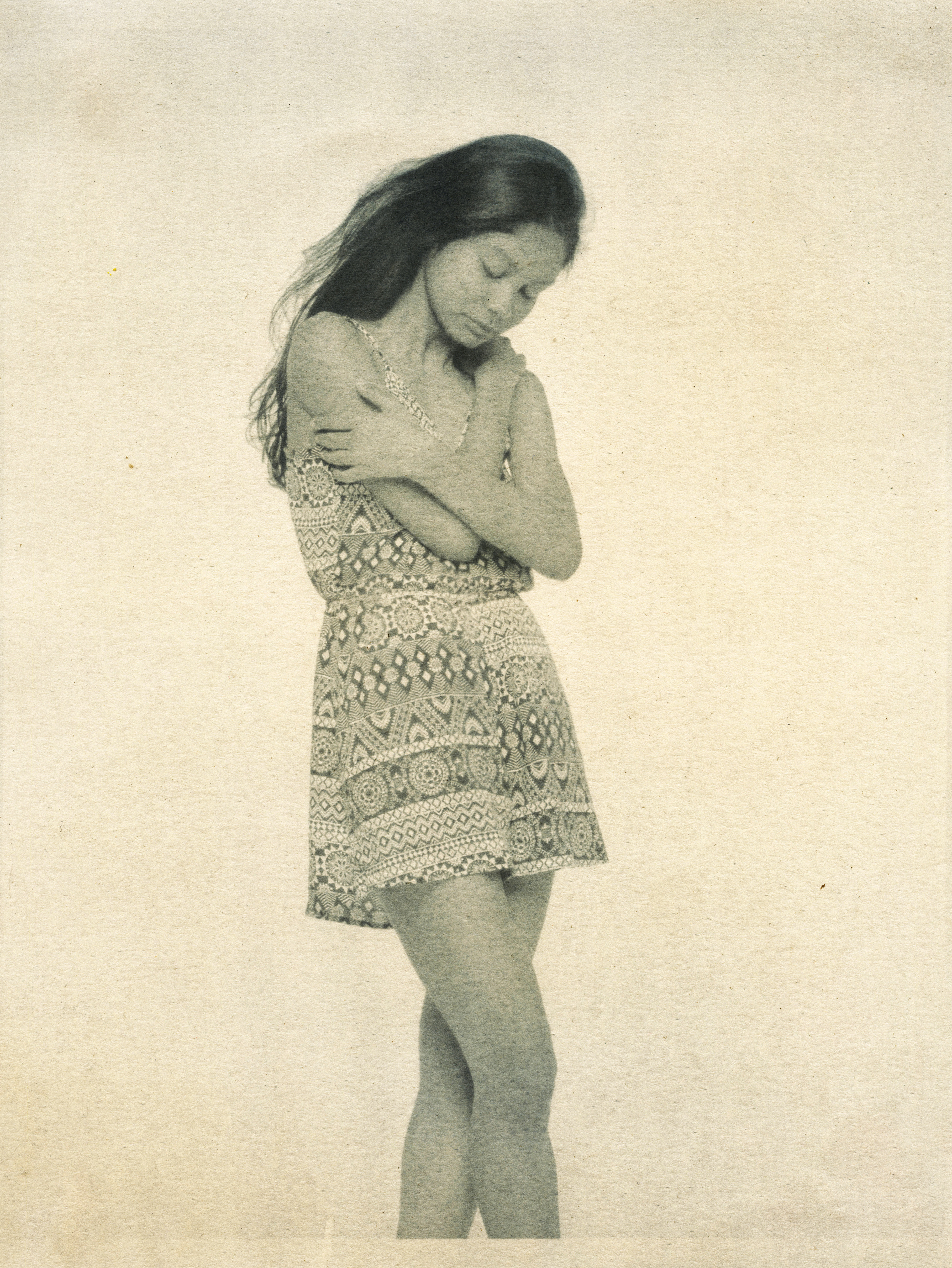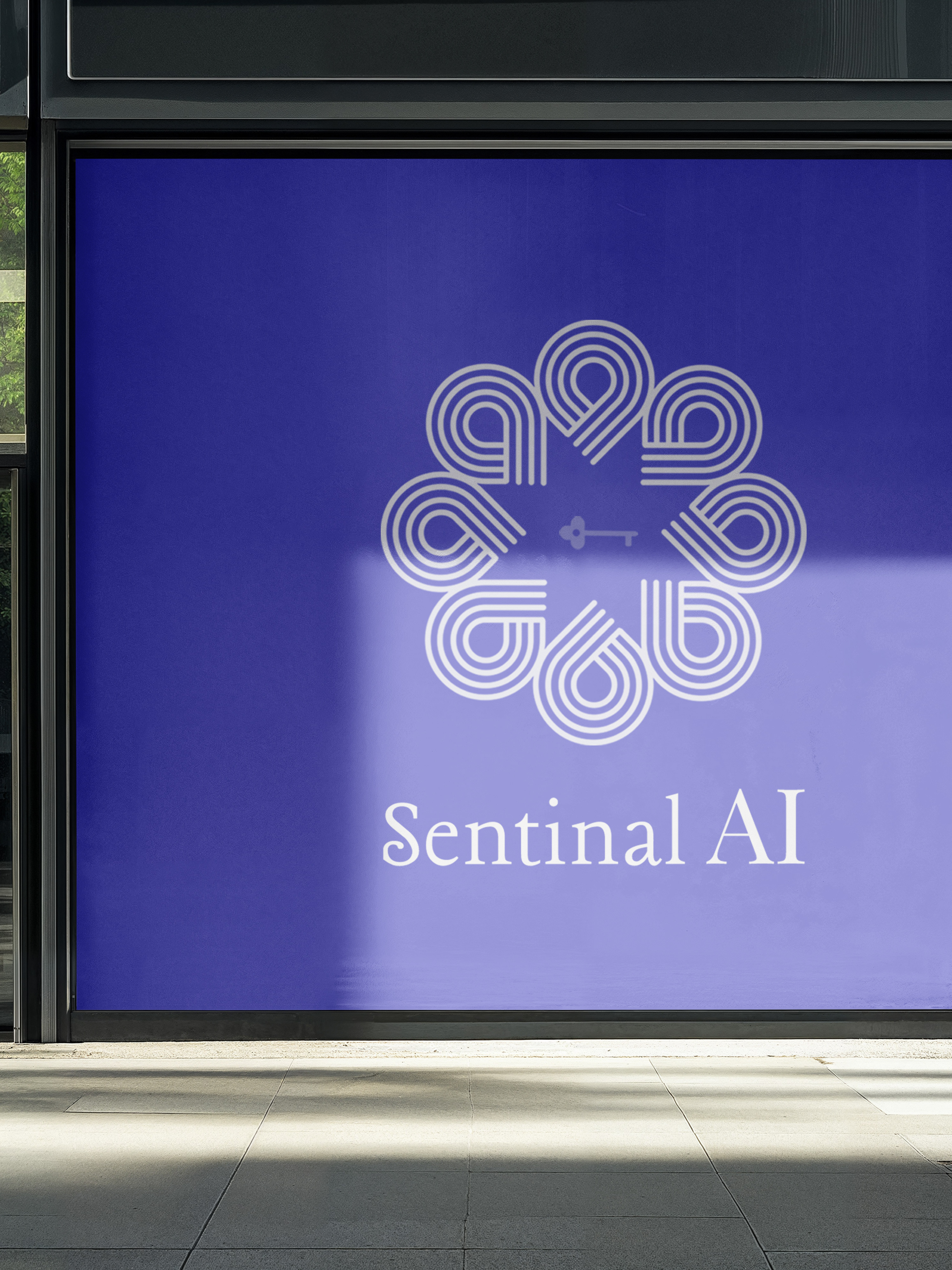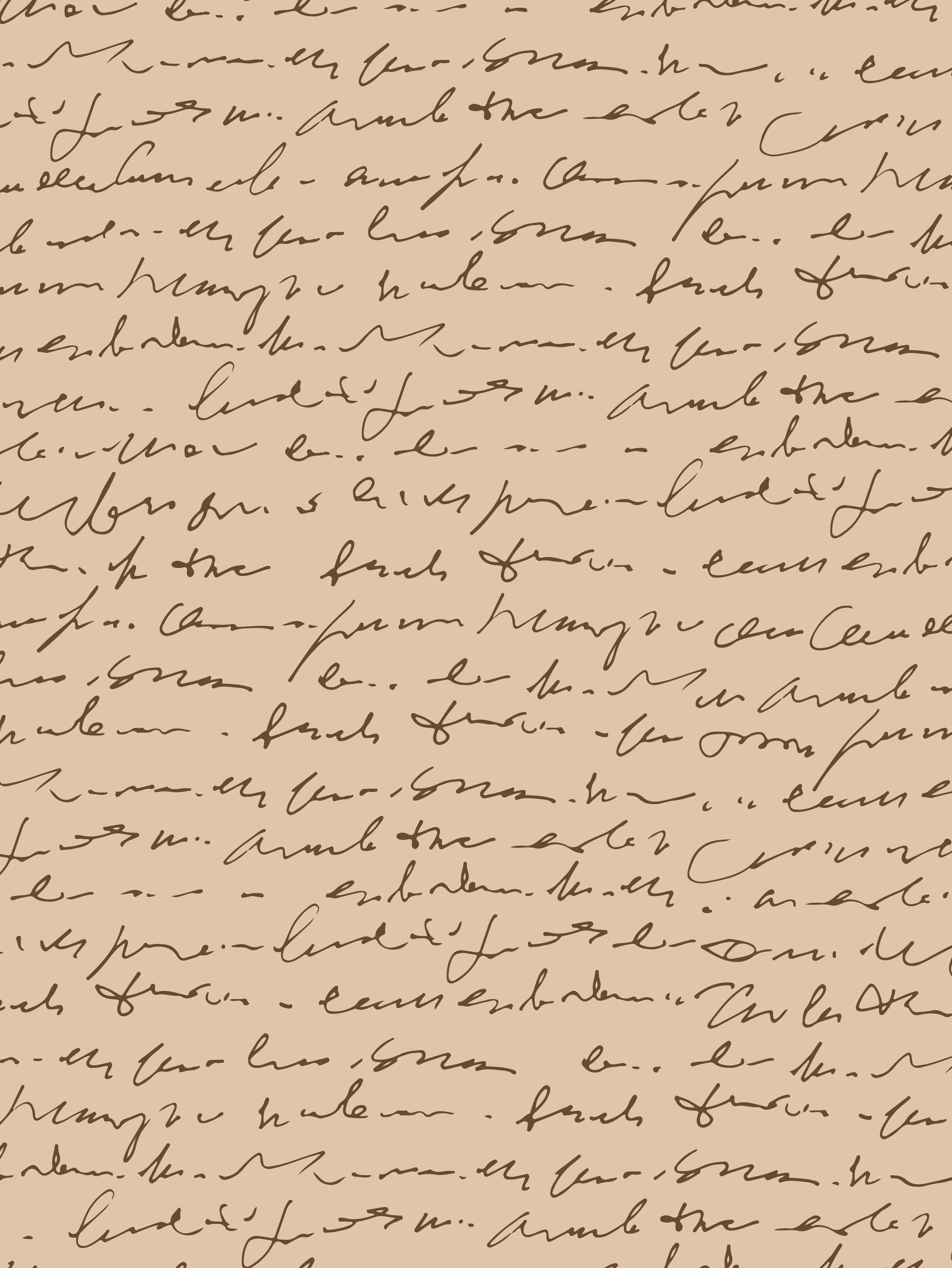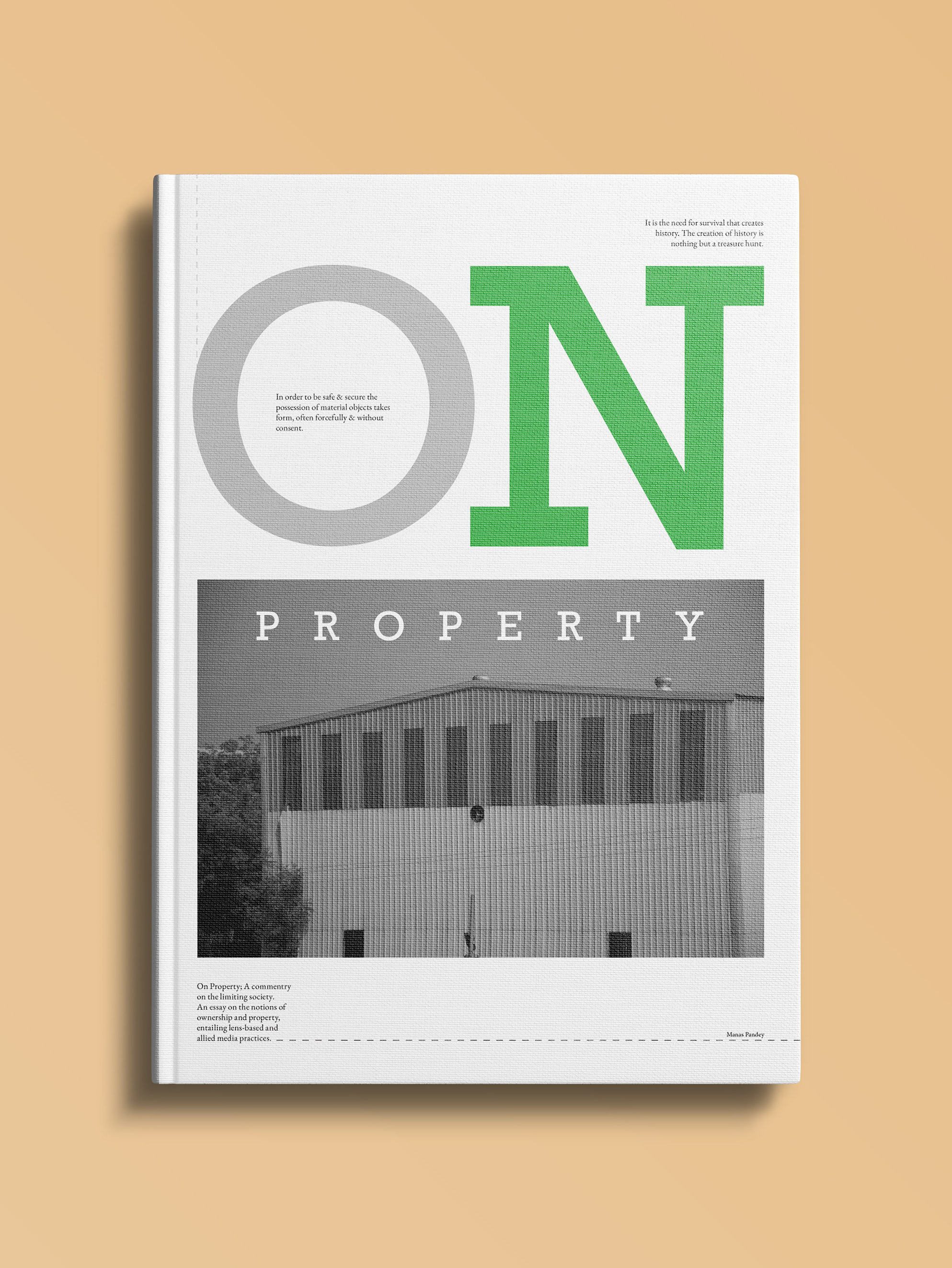This archival dissertation takes the form of a photobook that visually documents the chronological history of the Indian Institute of Management Lucknow (IIML). Guided by faculty from the National Institute of Design (NID) and IIM Lucknow, the project approaches institutional history as a living narrative—one that unfolds not only through text and dates, but also through photographs, architecture, archives, and the visual culture embedded in the campus.
The aim is to create a nuanced, design-led document that captures the evolution of IIM Lucknow from its establishment in 1984 to the present. This photobook will trace institutional memory across time—mapping its pedagogical shifts, leadership, student life, built environment, and symbolic identity—through a blend of image-making, archival research, and narrative design.
This project moves beyond traditional documentation to create a tactile, reflective archive that sits at the intersection of design, memory, and institutional storytelling. It seeks to offer IIML a visual legacy that is not only informative but also experiential—something that can be read, held, and passed on.
Archival Dissertation Process -
- An archival dissertation rooted in institutional memory involves a layered process of discovery, digitization, contextual research, and critical synthesis. It begins with scavenging—physically exploring forgotten or neglected spaces like storage rooms, libraries, and offices to uncover printed materials such as student magazines, annual reports, posters, and circulars. Informal conversations with staff or alumni often reveal valuable leads. This phase includes meticulous note-taking and mapping of material sources.
- Next is material assessment, where documents are reviewed for relevance, uniqueness, and narrative potential. Fragile or deteriorating items are prioritized for early preservation. Selected materials then undergo digitization—scanning or photographing them in high resolution, followed by organized documentation using consistent naming conventions and metadata tagging..
- Once digitized, materials are cleaned and restored digitally to enhance legibility and usability. This may involve adjusting contrast, cropping, or using OCR to convert images into searchable text. All files should be backed up in multiple formats.
- To build a deeper understanding, researchers engage in institutional memory research—studying official records like annual reports for administrative insights, and student publications for cultural context. These materials are cross-referenced with archived content to trace timelines, changes, and underrepresented narratives.
- In the synthesis and writing phase, the researcher weaves archival findings into a thematic or chronological narrative. Archival materials are analyzed as primary texts, not just illustrations, and interpreted for what they reveal or omit.
- Finally, the process includes critical reflection—acknowledging gaps, silences, and biases in the archive. Researchers must credit informal contributors and consider ethical responsibilities when using sensitive material. This approach turns the dissertation into both an academic work and an act of historical preservation
